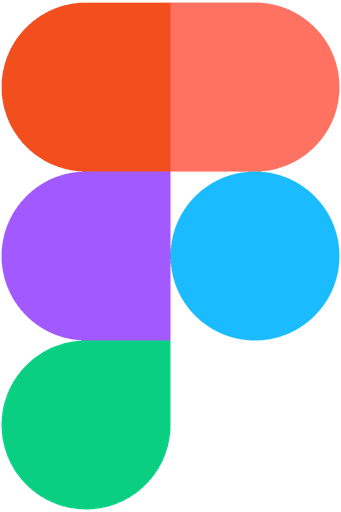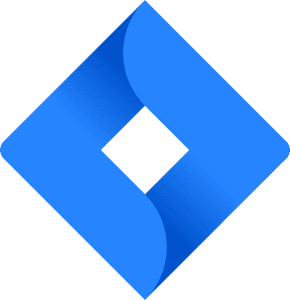Better talk
BetterTalk is a B2C app that helps connect people who are going through mental health issues in their day-to-day life with professional help I.e therapists
Hyderabad, India
2022
Domain
Health care
Segment
B2C
Challenge
Creating an app that offers detailed therapist profiles, including photos, qualifications, and expertise, to address user discomfort with anonymous interactions. The goal is to provide accessible mental health support, aligning with the trend of convenient mobile services for essential needs, like therapy.
Results
Enhanced Engagement: Created an engaging interface that builds user trust and comfort, making therapist profiles easily accessible and visually appealing
Improved Experience: Ensured a seamless and user-friendly app experience, encouraging users to access therapist details and engage in supportive interactions
Enhanced Accessibility: Contributed to making mental health services more accessible and destigmatized by aligning the app with modern technology's convenience and accessibility expectations
Process:
Lightning Talks
I've initiated the design process with stakeholder lightning talks to gain insights into their perspectives, motivations, and concerns related to the problem.
Synthesize Information
Once we finished lightning talks from all the stakeholders, I began to start looking for patterns and began to group together points around larger themes that they represent
This enabled me to not only revisit the information again to take it in at my own pace but also clarify what are the areas we need to truly focus on
Research
At this point, I began researching benchmark products within the same market segment. Additionally, I explored Darkhorse inspirations to help shape our design direction
Sketching
Now I prioritized gaining insights into stakeholders' visions and expectations before diving into low-fidelity designs. To achieve this, I organized a 'Crazy 8’s' sketching exercise, encouraging stakeholders to visually express their perspectives
This aided me in grasping their mental models and preemptively formulating strong justifications for designs that deviated significantly from their expectations
High Fidelity Designs
With a high amount of clarity that has been established due to the process that was followed so far, I started to build the high fidelity version of the product.
Creating a zero-to-one product isn't about aiming for perfection from the get-go. Instead, we build upon initial assumptions made during the development process, validating our ideas and continuously refining the product
Assumption Testing
Any feedback received is presented to the stakeholders and if agreed then those changes are incorporated back into the designs. This is a continuous process and as many ideas/assumptions as possible are validated during this process.
This is a parallel process where as soon as an idea has reached a decent state, I work with the stakeholders to put it in front of the users to get some feedback.
Developer Hand-Off
Once majority of the feedback has been incorporated into the product, that section is then handed over to the developers for development.
Hand-off according to me is also an iterative process as what worked for one team might not work for the other. So having the flexibility to make changes on the fly is important for me.








